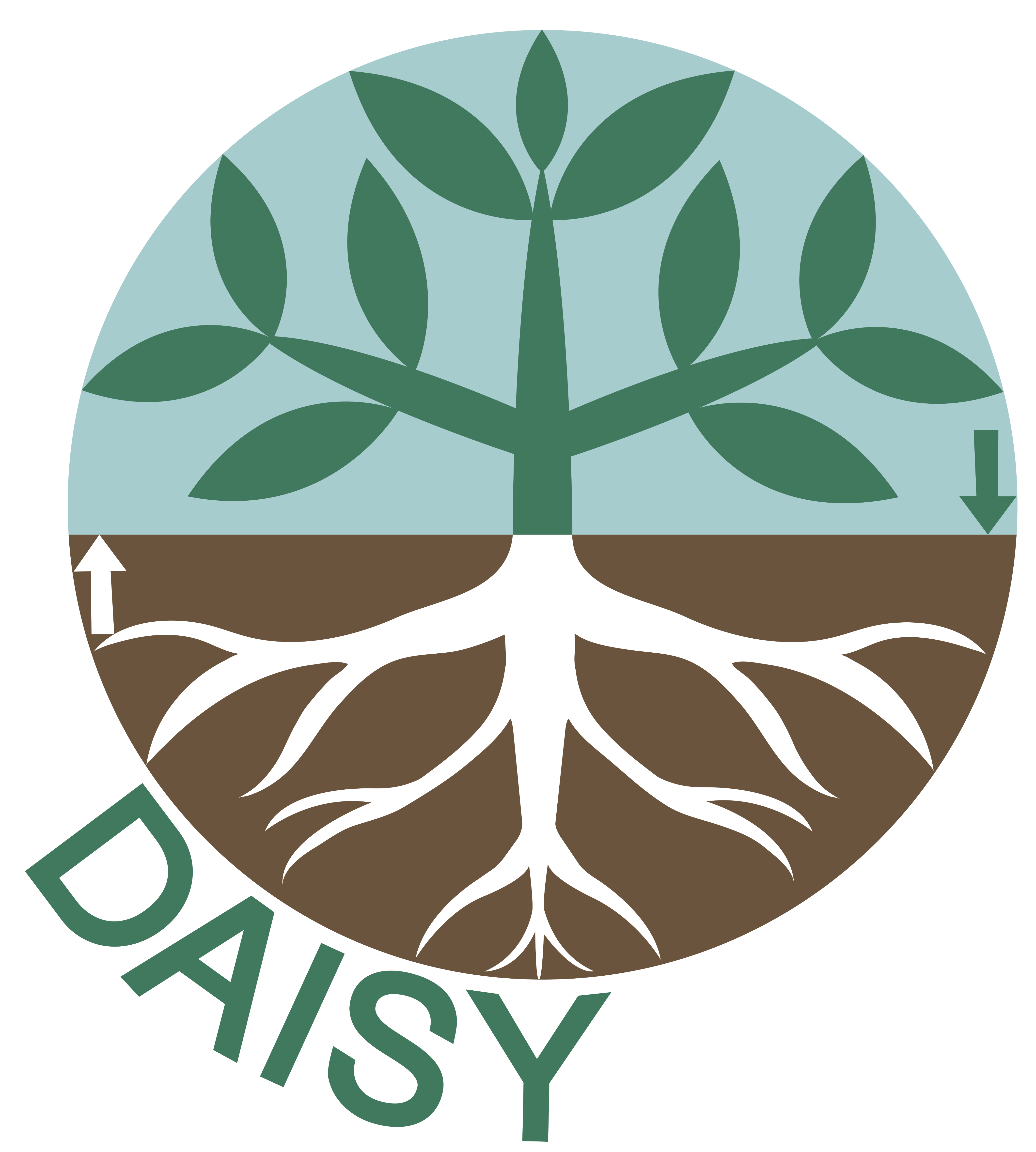Daisy - Mechanistic simulation of agricultural fields
With Daisy you can:
- Optimize crop yields.
- Minimize nutrient losses.
- Avoid pesticide pollution.
- And much more!
Daisy keeps track of water, nitrogen, carbon, and pesticides in the bioactive zone near the soil surface (roughly top of canopy to the bottom of the (historic) root zone). Some key processes are:
- Water flow in the soil, described with Richards' equation, in one or two dimensions.
- Solute flow in the soil, described with the convection-dispersion equation.
- Optionally divided into two domains, fast (mobile) and slow (immobile).
- Biopores may act as a third domain, providing near instant water flow and solute transport.
- Soil organic matter turnover based on multiple pools with turnover rates, affected by heat, moisture, and soil clay content.
- Soil vegetation atmosphere transfer (SVAT) of water and energy, based on sunlit and shadowed leaves, and a detailed description of the canopy microclimate.
- A crop model where
- Dry matter is partitioned into leaves, stem, storage organs, and roots.
- Photosynthesis may be closely linked to the SVAT model, and limited by soil water and nitrogen.
- Water uptake is based on demand, root crown water potential, and Darcy flow.
- Nutrient uptake is based on both convection and diffusion.
Most of the above processes may be described with different submodels of varying complexity, depending on available data and user requirements.
Daisy requires as minimum texture information for the soil profile, daily weather data, and daily management information to be provided by the user. If more detailed data is provided, more precise models can be used in the simulation. The largest internal timestep used in the model is one hour. Output may be at the same granularity or aggregated. Learn more about data requirements.
Contact
Please write to daisy-model-devel@googlegroups.com or daisy@ku.dk if you have any questions.
Discussion Forum
If you want to start or follow discussions related to Daisy join our google-group:
People

Daisy is run and developed by people from the Agrohydrology group, PLEN and the Image Analysis, Computational Modelling, and Geometry Section, DIKU.

